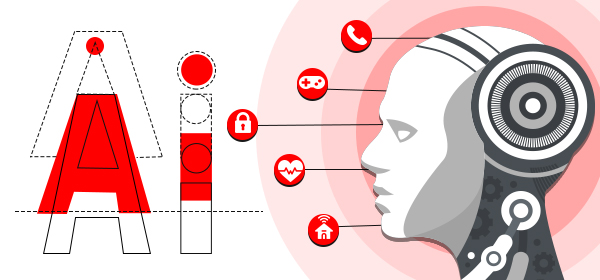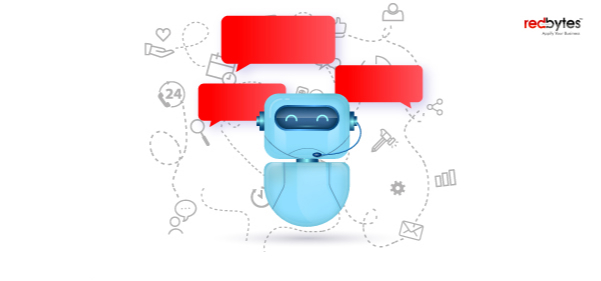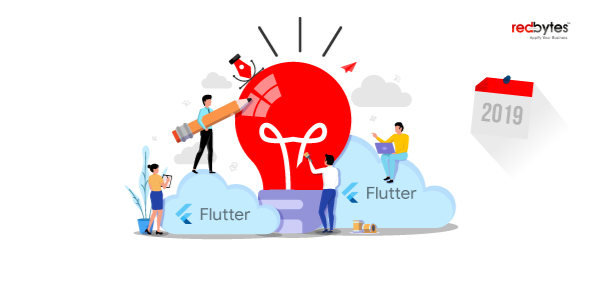With the advancement in the technology, there is something new created and developed every day and some of these inventions are quite revolutionary. One such invention is the GoLang which is a programming language that has changed the way programming were looked upon. It has created an overwhelming scenario around it because of its various attributes.
This programming language has proved itself to be a game-changer in the programming industry. It has paved new ways for the developers and the researchers to bring on new developments and innovations.
Read Also: 15 Best Programming Languages for Mobile Apps
Why Golang Is Skyrocketing in Popularity?
The 2017 TIOBE Index for Go, shows a tremendous spike in Go popularity from 2016. In fact, Golang was actually named TIOBE’s Programming Language Hall of Fame winner for 2016. This was because the programming language has seen the highest increase in ratings within a short span of a year.

Go’s rise in popularity is also evident from the Stack Overflow Survey 2017. This survey has a sample taken from 64,000 developers. The key question asked during this survey is simple:
- Most Loved Programming Language
- Most Dreaded Programming Language
- Most Wanted Programming Language
Amongst the newer programming languages, the most featured were Mozilla’s Rust, Smalltalk, Typescript, Apple’s Swift, and Google’s Go. However, striking a lucky third, Go, along with Rush and Swift made to the top five list of the ‘Most Loved Programming Languages’.

GoLang has become one of the popular languages in this era because of its simplicity but a newbie in this field might feel that the language is a bit tough to understand.
However, the learning curve of this language is pretty smooth. If you invest some time into learning this language, you can grasp it within a few weeks.
While few say that this programming language is tough to use and way too advanced of its time, but this language is changing the game in its own way.
Let’s see how it is better than the other programming languages in the market.
Abundance of Opportunities
In the past few years, the GoLang programming language has earned a lot of popularity due to its result-driven approach. The popularity has skyrocketed in recent years when the programs are understanding the language in a better way and implementing it for various developments.
There are definitely programming languages like Java and C, C++ which are ruling the industry for years and with their modern upgrades, they are better for the modern day computing and specifically for cloud-based computing.
However, the advantage of GoLang lies in the fact that it is lightweight. The other reason for its popularity is its suitability for micro-services architecture.
Two of the top applications based on this language are Google’s Kubernetes and Container Darling Docker. The language has been successful in making its impact in the field of data science as well which is the need of the hour and the hottest topic in this industry and also in other business segments.
Data science being the future of every business, GoLang is now strongly holding the ground in this segment as well with its various benefits which are highly advantageous for the data scientists.
For all the reasons, this language has taken the top spot as a programming language across different legions and developers in different parts of the world across various businesses. Products like Pachyderm is created with the use of GoLang and also Tensorflow.
Why GoLang has become an irreplaceable Programming Language in this Tech world?
The programming language has been introduced in the market in recent times but in the last few years, it has crafted a niche for itself as a result, exceptional developments have become much more possible for this.
The improvements in various software and reduction in the issues which were long-standing before the use of GoLang made the language irreplaceable in the industry.
Read Also: Everything You Need to Know About Tech Stack
This is a language that the millennial developers are using for its exceptional and efficient usage and the ample opportunities attached to it.

Now let’s see what are the features GoLang that has made it stand out language:
1) Simple and Effective
- The main feature of this programming language which is highly advanced is its simplicity.The GoLang programming language has redefined simplicity in its own way and to another level, that no one has ever been able to think of.
- While most of the advanced programming are filled with complex characteristics, the GoLangis full of simple features. The language has not taken certain features which are there in the other programming languages such as Java and C++.
- In fact, what it has is to remove features which have made this language simple and effective instead.There are no templates or generics in GoLang. The programming language is developed without this, though generics are known for hinting at the basis of various other programming languages.
- However, without this generics, GoLang is much smoother and simple to operate without any complex messages. This has made this a slightly controversial aspect of the language but it has definitely worked in favour of the language and the developers using it.In the recent version of GoLang, libraries can be added from the plug-in packages available for the programming language.
- The libraries were not there earlier and thus it is still referred to as additional features. There is no risk of mismatch of the versions as there is no separate runtime library. GoLang has been developed to generate single executables, and developers can use it by just copying the same. This feature mainly helps in container-based development projects.
2) Memory Management
This language is excellent at managing memories of the software. The programming language has been developed after a thorough analysis of all the other mainstream programming languages like Java, C++ and C, and others and incorporated all their good features in it.
3) Error handing like a pro
GoLang handles errors in a different way than the other programming languages do. This language in its unique way uses conventional functions never stops at providing the error again as the resulting return value.
4) Goroutines is the cause of its popularity
GoLang’s main feature is Goroutine which makes it this popular amongst the developers across the globe. The Goroutine has the capacity to make the experts connect the features and facilities of multicore machines in the best way possible.

5) CSP
The Concurrency model of GoLang is based on C.A.R. The idea behind this is to mislead any type of synchronization which comes via the shared memory within the threads of execution which is prone with error and is a labour-intensive job.
6) Channels
With these channels, exchanging information is really easy on Goroutine. This channel can be used for both writing and reading information. You can create a channel and pass it.
7) Go routine synchronization
It can be used for synching Goroutine groups.
Read Also: Why Should Mobile App Developers Consider Flutter in 2019
Conclusion
With the rise in Data Science implications and micro-service architecture helping in making the applications we use swifter and smooth, the need for a more advanced programming language is there.
GoLang perfectly suits this requirement of the new age developers with its cutting edge features and simplicity of use making it a top choice among developers today, globally.





































![Role of Blockchain in Mobile App Development [Case Study]](https://wp.redbytes.co.uk/wp-content/uploads/2019/05/Role-of-Blockchain-in-Mobile-App-Development-1.jpg)
































 Xamarin is from the great software giant Microsoft and requires developers to understand C# for writing applications for Android, iOS and Windows.
Xamarin is from the great software giant Microsoft and requires developers to understand C# for writing applications for Android, iOS and Windows.









